
In a landmark conservation achievement for the Texas coast, a coalition of partners at the International Crane Foundation, The Conservation Fund, and the Coastal Bend Bays & Estuaries Program has secured permanent protection for more than 3,300 acres of high-priority wintering habitat for the federally endangered Whooping Crane, one of North America’s rarest and most endangered birds.

In a landmark conservation achievement for the Texas coast, a coalition of partners at the International Crane Foundation, The Conservation Fund, and the Coastal Bend Bays & Estuaries Program has secured permanent protection for more than 3,300 acres of high-priority wintering habitat for the federally endangered Whooping Crane, one of North America’s rarest and most endangered birds.

Stand up for endangered species, like the Whooping Crane, and submit your comment(s) on the proposed rule changes to the Endangered Species Act by 11:59 p.m. Eastern Time on December 22, 2025.
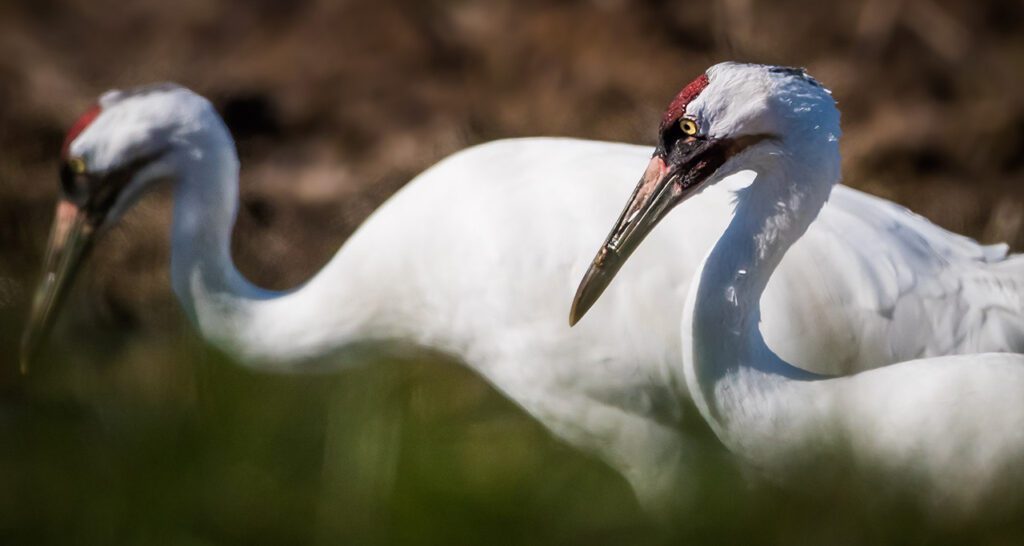
In November, most of the Whooping Cranes left Wisconsin on their southward migration!
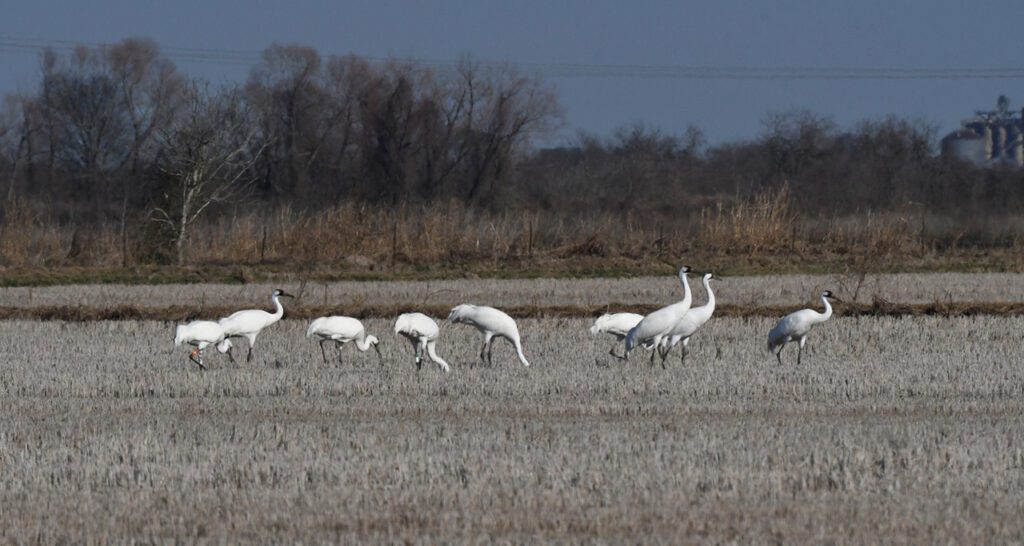
For over 70 years, scientists and conservationists have come to understand the habitat needs of the Aransas-Wood Buffalo Population of Whooping Cranes. However, Whooping Cranes continue to surprise us, and they are increasingly using habitat away from the coast.

During October, the captive-reared birds were released, and migration began!
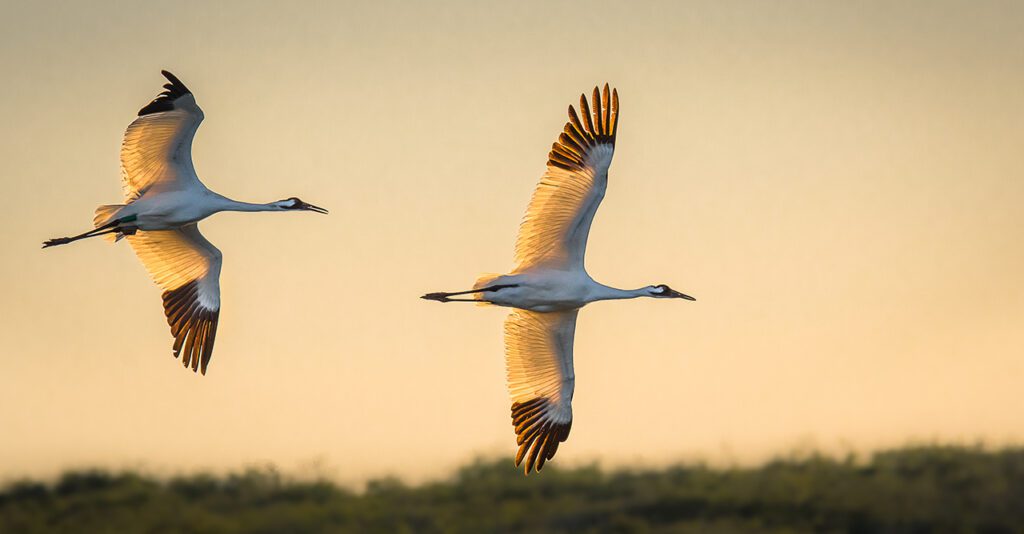
Our teams from Texas and Wisconsin collaborated to compile all available information on over-summering on the wintering grounds for the two current migratory Whooping Crane populations: the Aransas Wood Buffalo Population and the Eastern Migratory Population.
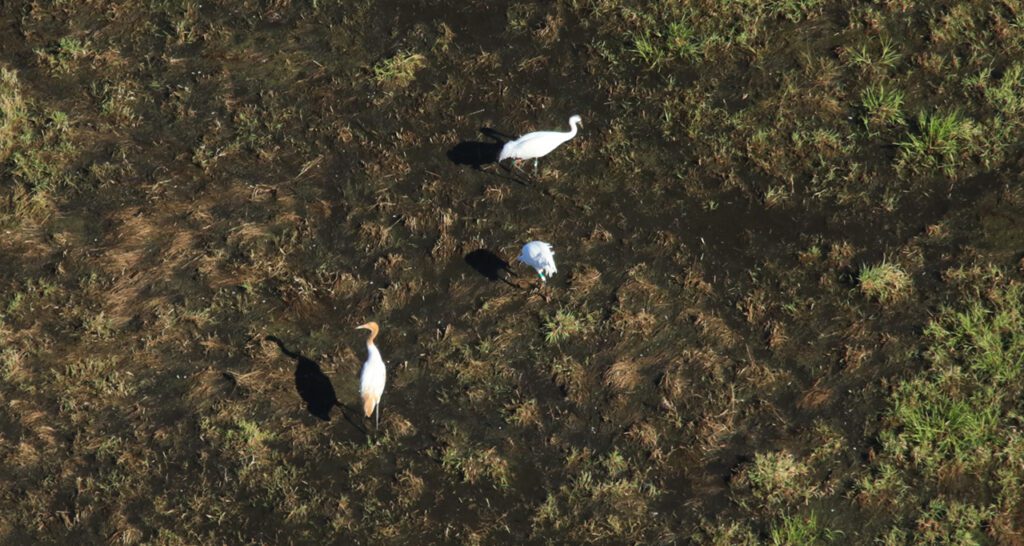
During September, the first breeding pair left Wisconsin and traveled to Illinois!
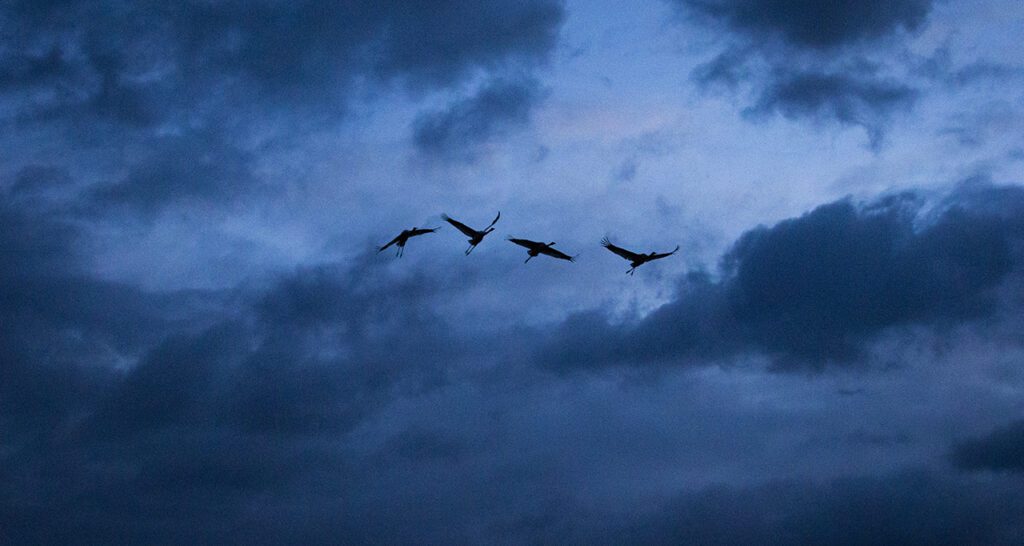
An Endangered Whooping Crane, lovingly named “Ducky,” died earlier this month due to Highly Pathogenic Avian Influenza (HPAI). The loss marks the first confirmed death of a Whooping Crane due to HPAI.
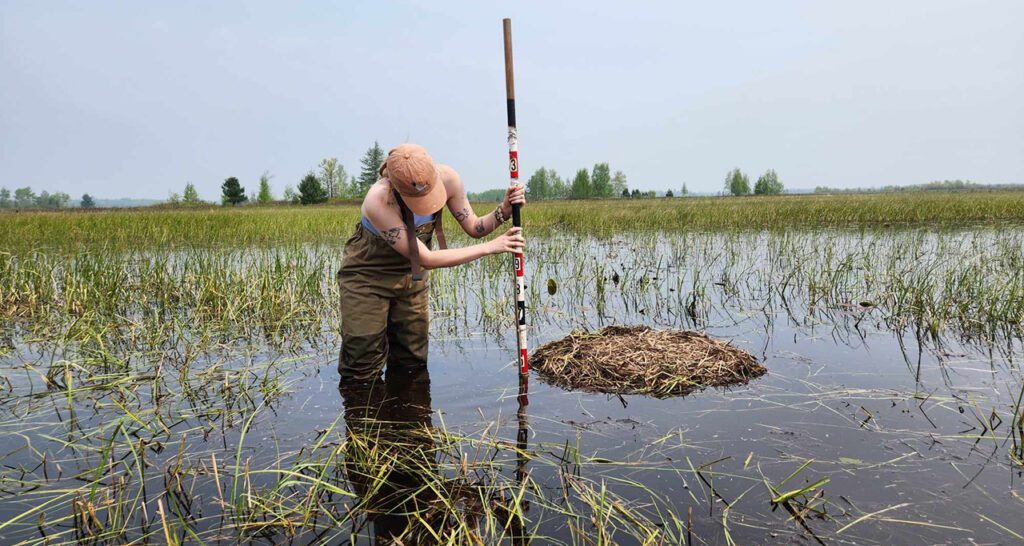
How can we better understand renesting behavior and the potential it plays in maximizing the breeding season for this endangered species?
No results found.
Adjust the filters and try again.